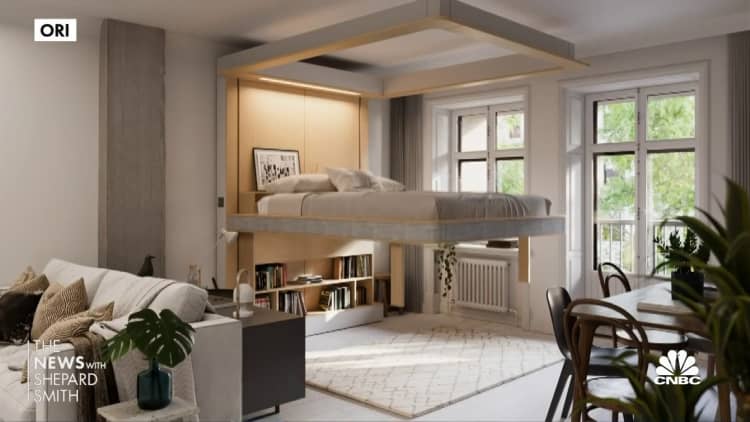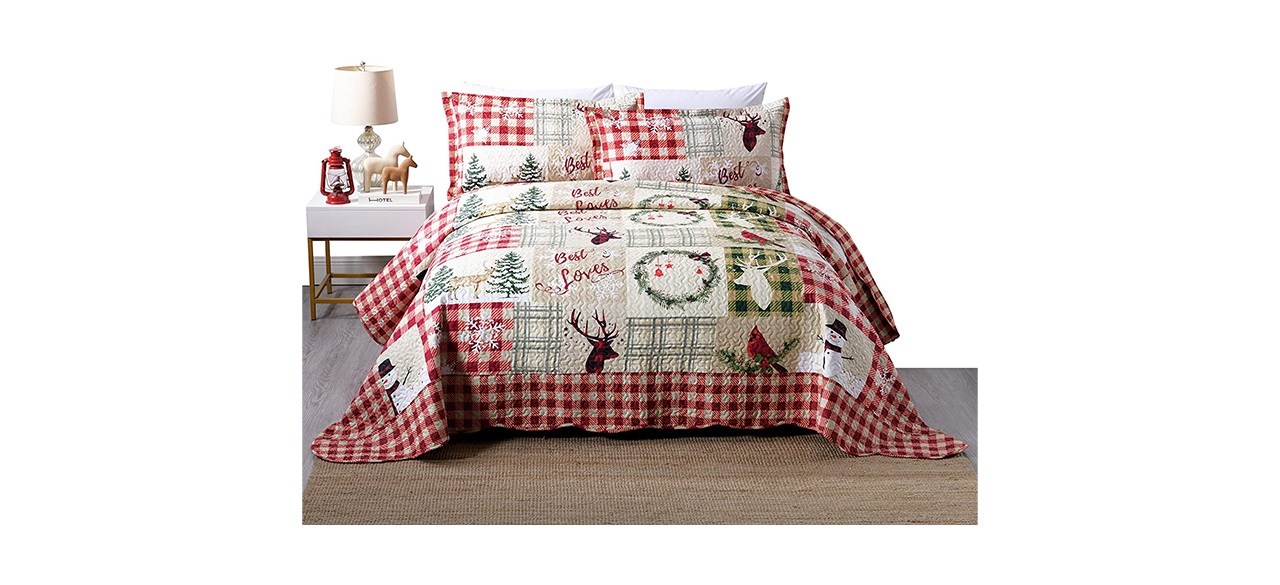Resilient Dwellings: The Inescapable Rise of Eco-Conscious Architecture

In a world gripped by climate anxiety and resource depletion, architecture is undergoing a profound transformation. The once peripheral concept of sustainable home design has matured into a guiding principle—one that aligns lifestyle with environmental stewardship. More than a trend, it represents a paradigm shift in how spaces are conceived, constructed, and inhabited.
Driven by necessity and fueled by innovation, sustainable home design responds to the urgent need to mitigate ecological harm while enhancing human well-being. This movement extends beyond solar panels and recycled wood; it encompasses a comprehensive rethinking of building materials, energy systems, water usage, and spatial logic.
The Environmental Imperative
The built environment accounts for nearly 40% of global carbon emissions. Conventional construction practices, reliant on high-energy inputs and resource-intensive materials, have long exacerbated the climate crisis. In contrast, sustainable home design adopts a life-cycle approach—minimizing environmental impact from conception to demolition.
Sourcing local, renewable, and low-embodied carbon materials significantly reduces a home’s ecological footprint. Bamboo flooring, hempcrete insulation, rammed earth walls, and reclaimed timber are more than aesthetic novelties; they are climate-resilient alternatives that sequester carbon and reduce reliance on extractive industries.
Moreover, passive design principles—strategic window placement, natural ventilation, thermal mass utilization—cut energy demand at its root. Homes that work with the climate, rather than against it, reduce dependence on mechanical systems and fossil fuels. The result is a living space that breathes with its surroundings rather than suffocating them.
Energy Independence and Efficiency
Energy efficiency lies at the heart of sustainable home design. Net-zero and even net-positive buildings—those that generate more energy than they consume—are increasingly feasible thanks to technological advances in photovoltaics, geothermal heating, and energy storage.
Smart home integration further elevates efficiency. Automated lighting systems, occupancy sensors, and adaptive thermostats ensure energy is only used when needed. This synergy between intelligent systems and efficient hardware creates dwellings that are not only low-impact but also high-performing.
Importantly, energy independence fosters resilience. Amid rising energy costs and increasing grid instability, homes that produce their own power shield occupants from external disruptions. In this way, sustainable home design is not merely ecological—it is strategic.
Water as a Sacred Resource
Water scarcity, once a regional issue, is now a global concern. Sustainable homes confront this challenge head-on through systems that reduce consumption and maximize reuse. Low-flow fixtures, rainwater harvesting, greywater recycling, and permeable landscaping are now essential components of sustainable home design.
These water-wise strategies go beyond utility bills; they foster a deeper respect for natural cycles. Landscapes that mimic native ecosystems and irrigation systems responsive to soil moisture not only conserve water but restore biodiversity and ecological harmony.
Human-Centric and Health-Promoting
The interior environment of a home significantly influences physical and psychological health. Conventional materials can off-gas volatile organic compounds (VOCs), while poor ventilation fosters mold and allergens. In contrast, sustainable home design prioritizes air quality, daylighting, acoustics, and biophilic connections.
Natural ventilation systems, toxin-free finishes, and operable windows enhance indoor air purity. Daylighting not only reduces energy use but improves circadian rhythms and mental health. The integration of greenery—whether through living walls, courtyard gardens, or simply proximity to outdoor spaces—reinforces a sensory bond with nature that studies have shown to reduce stress and enhance cognitive performance.
In this regard, sustainable home design merges environmental ethics with wellness architecture—demonstrating that what’s good for the planet can be even better for its people.
Economic Longevity
A common misconception persists that sustainability equals high cost. However, when viewed through a long-term lens, sustainable home design often yields economic advantages. Energy-efficient systems, durable materials, and thoughtful spatial planning reduce maintenance and operational expenses over time.
As regulatory frameworks evolve, incentives for green construction—such as tax credits, grants, and expedited permitting—are expanding. In parallel, property valuations increasingly favor environmentally conscious buildings. Homebuyers are more attuned than ever to lifecycle costs and carbon footprints, signaling a shift in market expectations.
The economics of sustainability, therefore, are rooted in prudence. By anticipating future resource scarcity and climate risks, sustainable homes protect both assets and inhabitants.
Community and Social Cohesion
Sustainability does not exist in a vacuum. Homes are embedded within neighborhoods, watersheds, and cultural landscapes. As such, sustainable home design encourages a systems-thinking mindset—one that recognizes interdependence.
Design strategies like shared green spaces, pedestrian pathways, community gardens, and local material sourcing strengthen social bonds while reducing environmental impact. When applied at scale, these micro-decisions aggregate into macro benefits—resilient communities that foster collaboration, equity, and collective well-being.
Furthermore, the design process itself can be participatory. Co-creation with homeowners and local artisans ensures relevance, cultural continuity, and pride of place. Sustainability, in this sense, becomes not only ecological but also democratic.
A Moral and Generational Duty
Perhaps the most compelling case for sustainable home design is its ethical foundation. As stewards of the earth, current generations bear the responsibility of preserving planetary habitability for those yet to come. Homes, as extensions of human values, must reflect this intergenerational consciousness.
To design sustainably is to acknowledge the long shadow of our decisions. It is to reject planned obsolescence in favor of enduring beauty, efficiency, and reverence for the natural world.
In this light, sustainable home design becomes more than a professional discipline or stylistic preference—it becomes a moral stance.
Conclusion: A Blueprint for the Future
As environmental pressures mount and global consciousness deepens, the future of housing is being redrawn. Sustainable home design is not a luxury, a niche, or a compromise. It is the inevitable trajectory of responsible living—merging innovation, tradition, ecology, and ethics into structures that uplift both humanity and habitat.
In redefining what it means to dwell, this approach holds the key to not just surviving the century—but flourishing within it.





